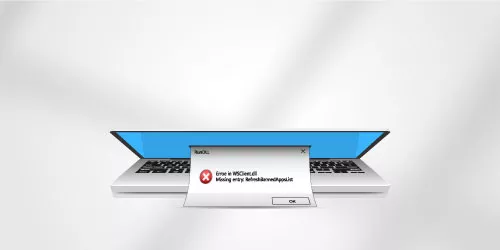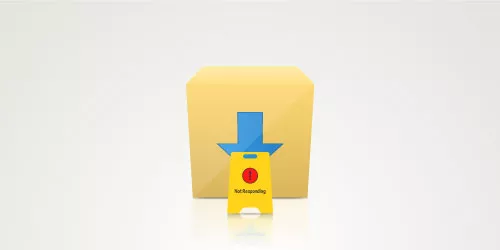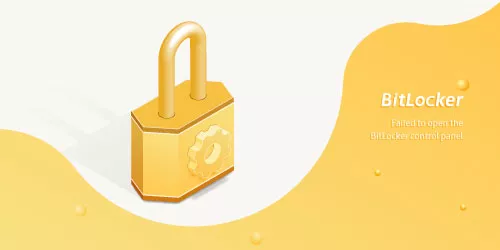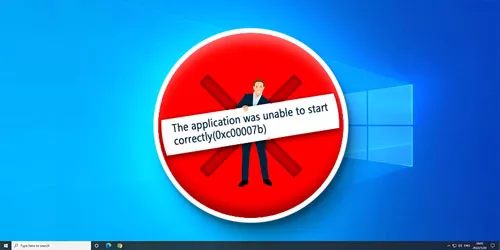Exe Files Not Opening in Windows 10/11: How to fix it?

An executable file (EXE file) is a computer file that allows the system to run all the codes contained in the file directly when the user clicks on the file icon. All executable files have the .exe file extension in Windows. Some users have reported that they sometimes failed to open the executable files in their OS. When trying to open an EXE file, they may receive an error message such as "Access Denied", "Runtime Error", etc. Corrupt registry settings or certain third-party products (or viruses) can lead to this problem. If you are also facing this issue, don't be anxious. Here we will discuss what you can do when you can't run exe files in Windows.
1. Run a malware scan
Step 1: Press Windows+I to open Settings and select Update & Security>Windows Security.
Step 2: Then select Virus & threat protection in the right pane.
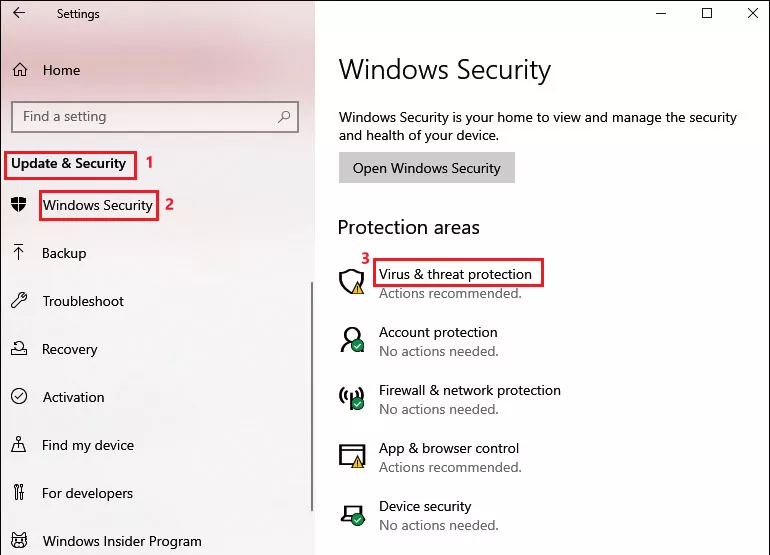
Step 3: Click on Scan options.
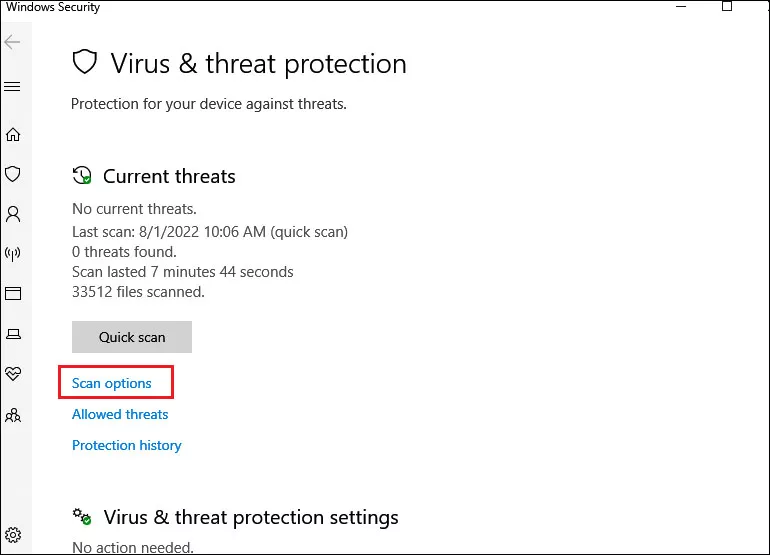
Step 4: Choose Full scan and click on Scan now.
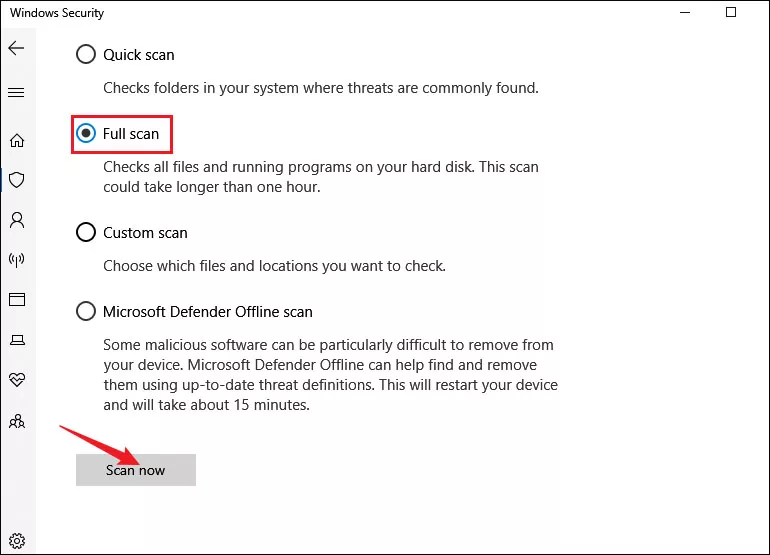
2. Tweak the registry value data
Step 1: Press Windows+R and type regedit in the open box. Then click OK to open Registry Editor.
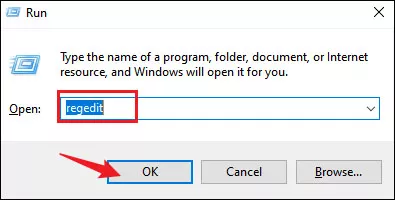
Step 2: Head to HKEY_CLASSES_ROOT.\exe.
Step 3: In the right pane, double click Default and set its Value data to exefile.
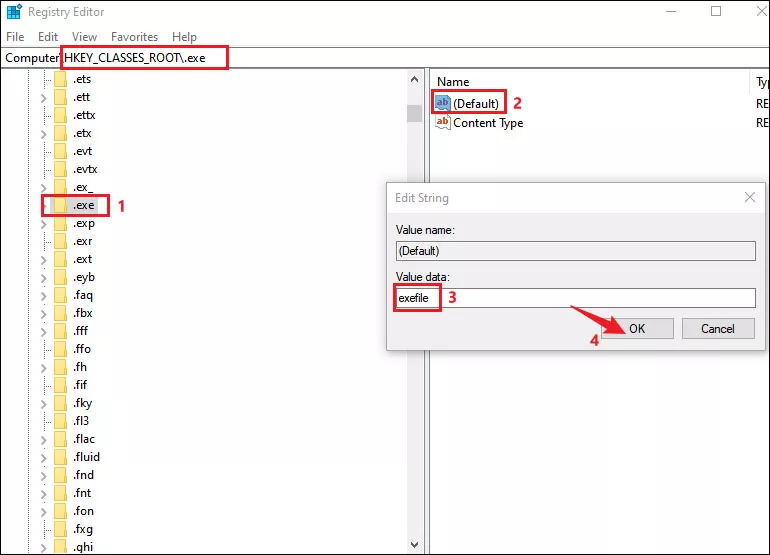
Step 4: Then navigate to the below directory:
HKEY_CLASSES_ROOT\exefile\shell\open\commandStep 5: Double click the Default key and set its Value data as "%1" %*.

3. Restore the location of Program files to default
Step 1: Open Registry editor and navigate to the following path:
HKEY_LOCAL_MACHINE\SOFTWARE\Microsoft\Windows\CurrentVersionStep 2: Double-click ProgramFilesDir and change its Value data to C:\Program Files.
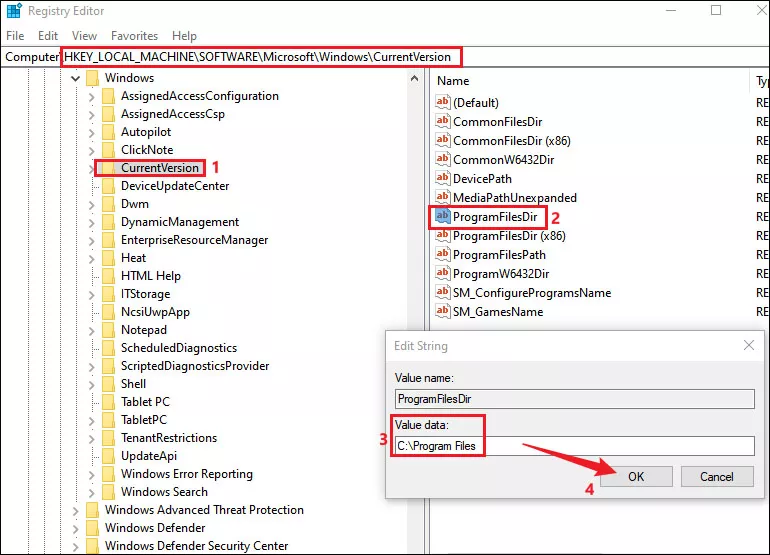
Step 3: If you have ProgramFilesDir (x86) in your Windows, make sure to change its Value data to C:\Program Files (x86).
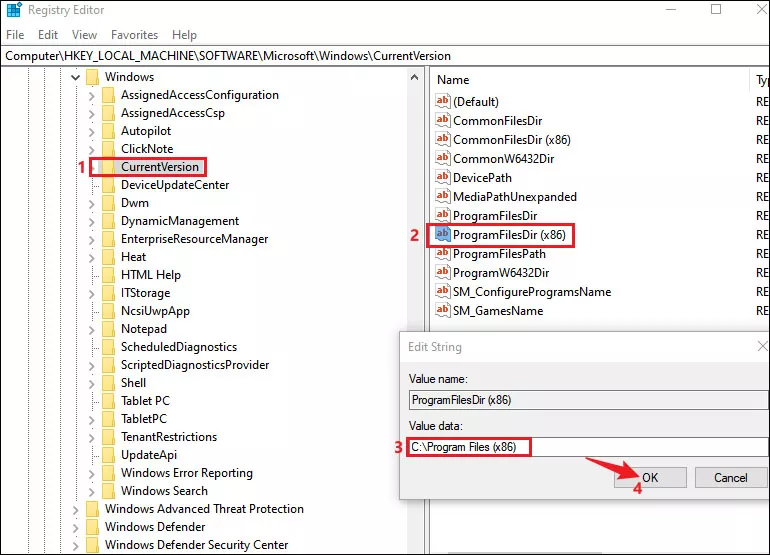
When finishing all the modifications, restart your system.
4. Turn off Windows Firewall
Windows Defender Firewall helps reduce the risk of network security threats, so it is not recommended to turn this feature off in normal cases. But disabling the firewall for some time may fix the exe file not opening.
Step 1: Search windows defender firewall in the search bar and open it.
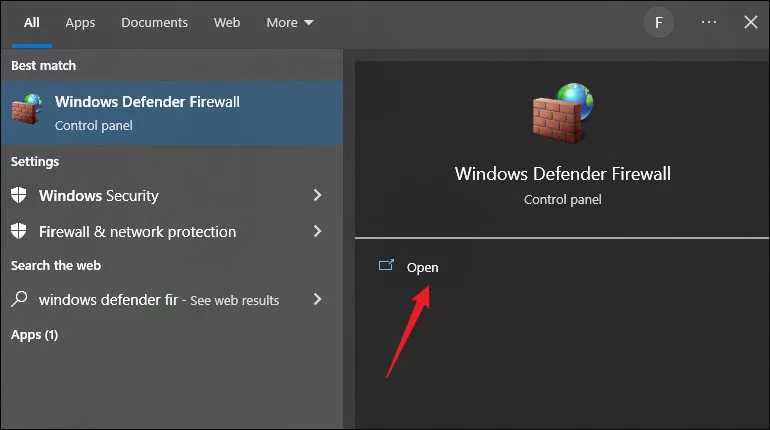
Step 2: Select Turn Windows Defender Firewall on or off.
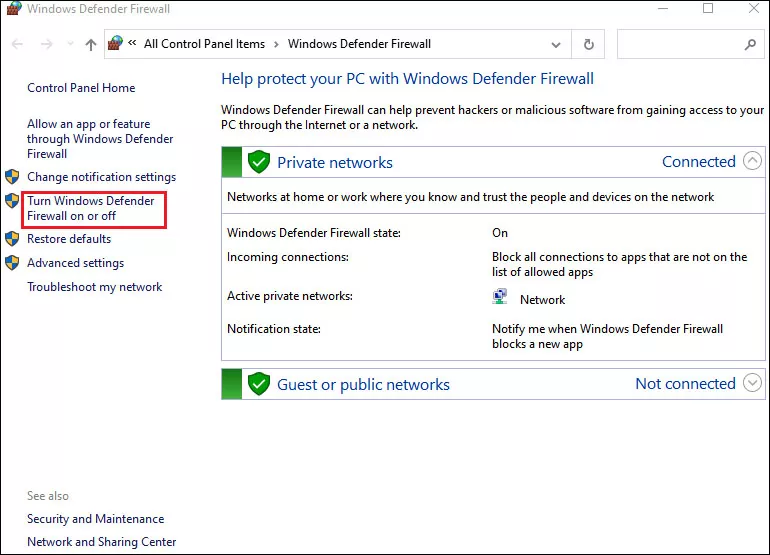
Step 3: Select Turn off Windows Firewall (not recommended) under Private network settings and also Public network settings and click OK.
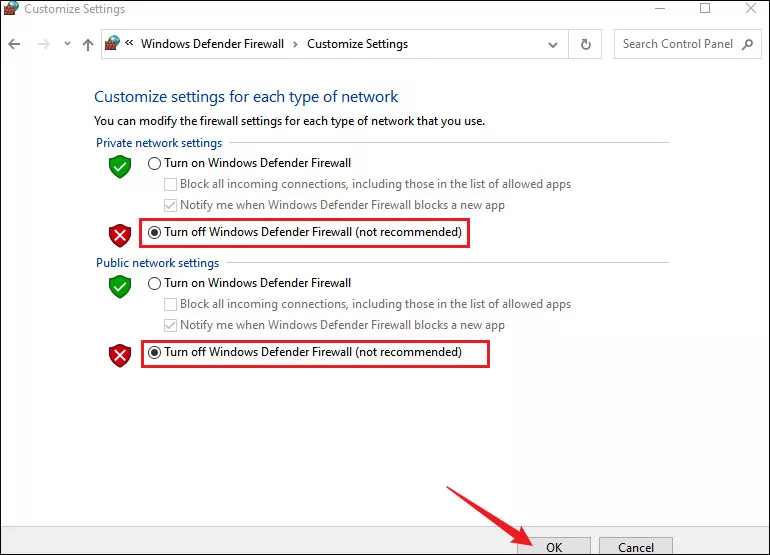
5. Change sound settings and turn off User Account Control
Step 1: Search control panel in the search bar and open it.
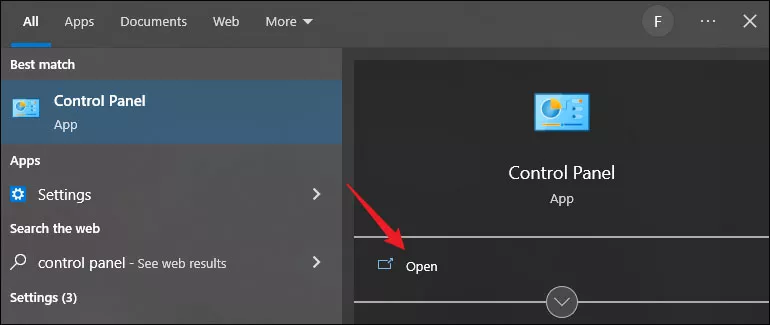
Step 2: Choose Small icons option next to view by in the right corner and then select Sound.

Step 3: Select Sounds tab and choose No Sounds from the drop-down menu. Then click Apply and OK.
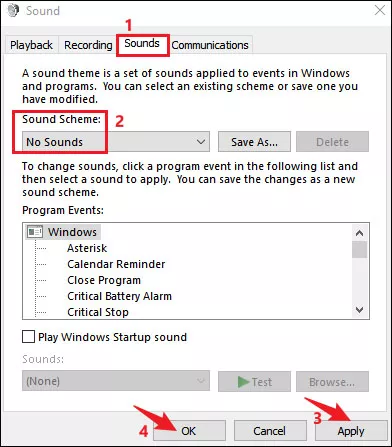
Step 4: Search change user account in the search bar and open Change User Account Control settings.
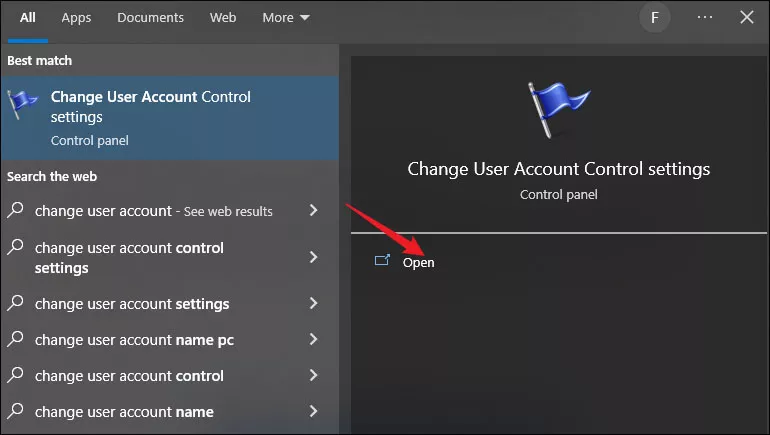
Step 5: Roll the slider all the way down to Never notify and click OK.

Step 6: Restart your PC.
6. Set file association via Command Prompt
Step 1: Search cmd in the search bar and select Run as administrator.
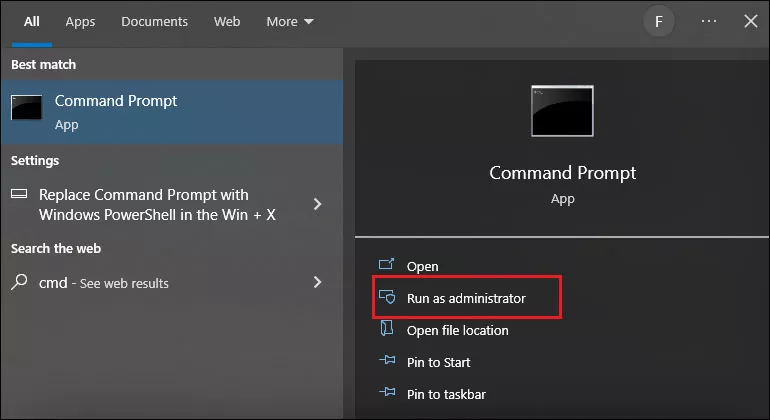
Step 2: Copy and paste assoc .exe=exefile in Command Prompt and press Enter.

Step 3: Reboot your device.


